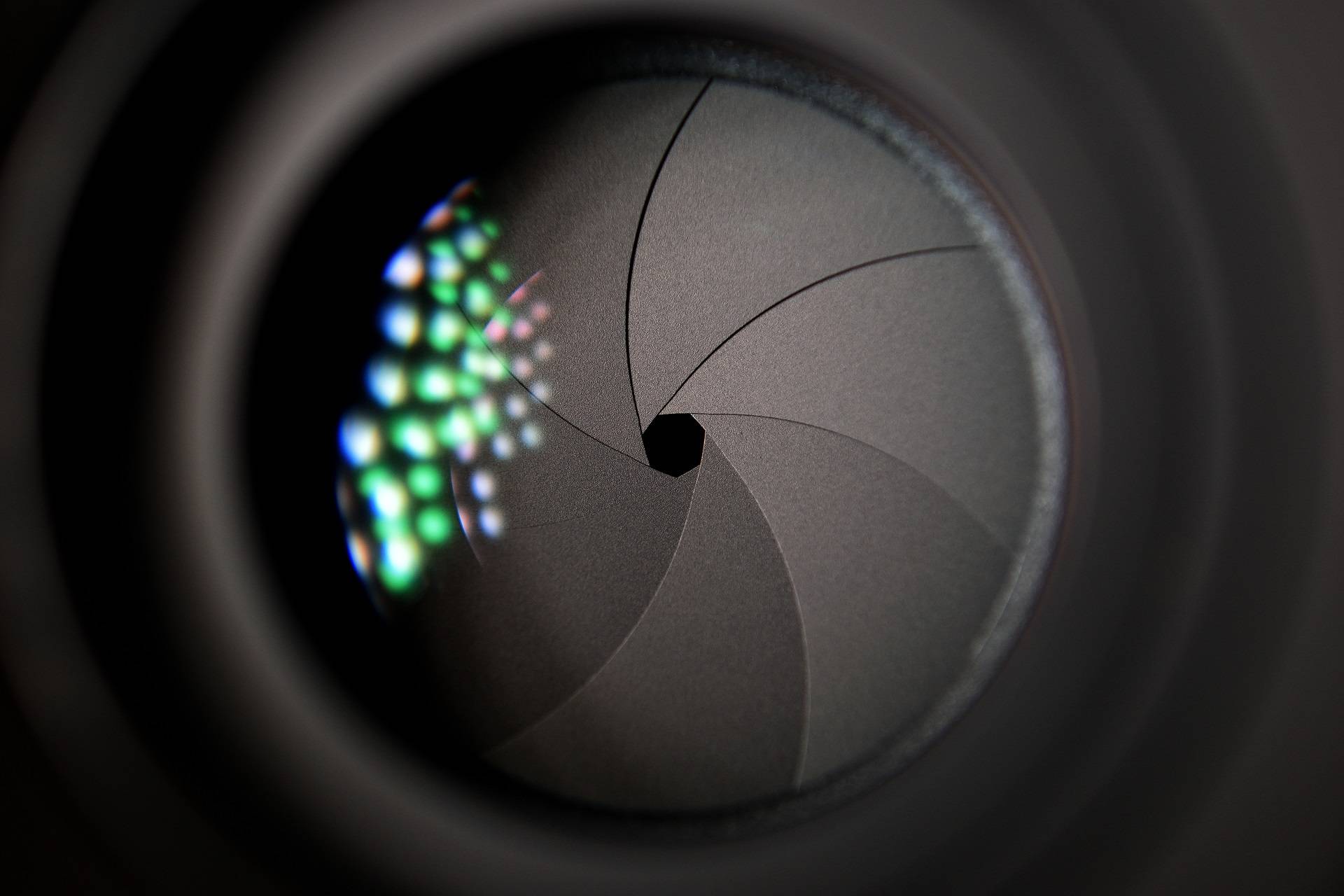Naderi Production
2 HANNERT DE KLEPPBEEM
L-6995 RAMELDANGE

Aperture is one of the three pillars of photography (the other two beingShutter Speed and ISO), and certainly the most important. In this article, we go through understanding aperture in Photography and everything you need to know about aperture and how it works.
Aperture can be defined as the opening in a lens through which light passes to enter the camera. It is an easy concept to understand if you just think about how your eyes work. As you move between bright and dark environments, the iris in your eyes either expands or shrinks, controlling the size of your pupil.
In photography, the “pupil” of your lens is called aperture. You can shrink or enlarge the size of the aperture to allow more or less light to reach your camera sensor. The image below shows an aperture in a lens:
Aperture can add dimension to your photos by controlling depth of field. At one extreme, aperture gives you a blurred background with a beautiful shallow focus effect.
At the other, it will give you sharp photos from the nearby foreground to the distant horizon. On top of that, it also alters the exposure of your images by making them brighter or darker.
Aperture has several effects on your photographs. One of the most important is the brightness, or exposure, of your images. As aperture changes in size, it alters the overall amount of light that reaches your camera sensor – and therefore the brightness of your image.
A large aperture (a wide opening) will pass a lot of light, resulting in a brighter photograph. A small aperture does just the opposite, making a photo darker. Take a look at the illustration below to see how it affects exposure:
If you want to select your aperture manually in your camera for a photo (which is something we highly recommend), there are two modes which work: aperture-priority mode and manual mode. Aperture-priority mode is written as “A” or “Av” on most cameras, while manual is written as “M.”
Aperture is clearly a crucial setting in photography and understanding aperture in photography is possibly the single most important setting of all. Aperture affects several different parts of your photo, but you’ll get the hang of everything fairly quickly. A small aperture makes your photos darker, increases depth of field, increases diffraction, decreases most lens aberrations, and increases the intensity of starbursts. A large aperture does the opposite.
Soon, this won’t be something that you even need to think about; you’ll remember it all naturally. Personally, if I want a starburst effect in my photos, I immediately know to use an aperture of f/16. When I need as much light as possible, I set a larger aperture like f/2.8 or f/2 without a second thought. It doesn’t take too much practice to get to that point.
Knowing how important aperture is, it shouldn’t be a surprise that, at Photography Life, we shoot in aperture-priority or manual mode most of the time. We practically never want the camera to select the aperture for us. It’s just too important, and it is one of those basic settings that every beginner or advanced photographer needs to know in order to take the best possible images.
As always, it’s best if you learn all this for yourself. Find something spectacular to capture, and put your new knowledge into practice. The more photos you take, the more you’ll learn. Aperture is no exception.